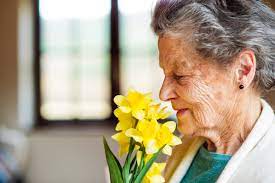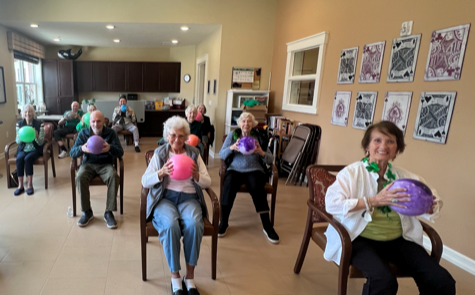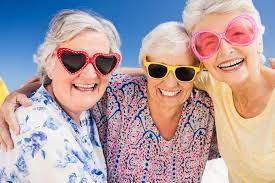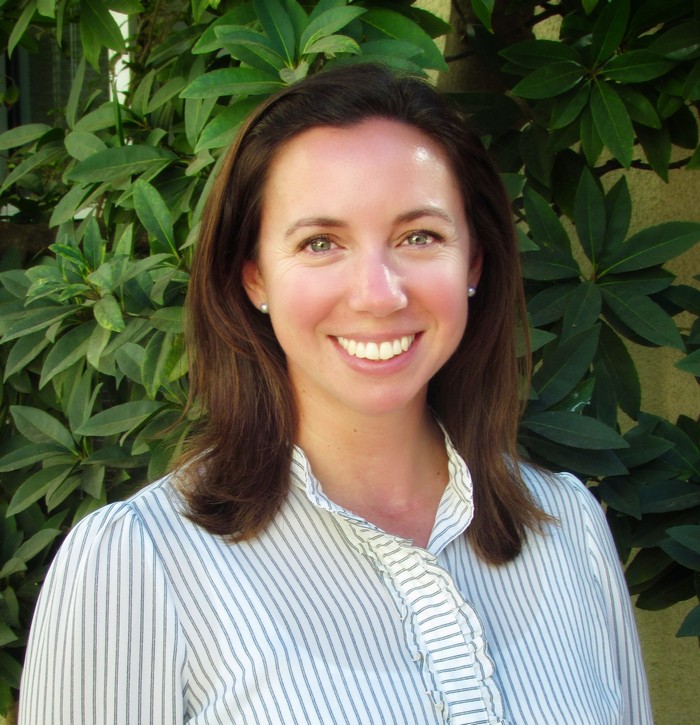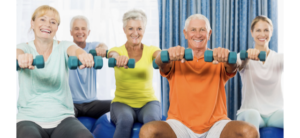
by Leslie Sokol
Summertime is here and with it comes the desire to get outdoors, breathe fresh air, soak up some sun, and have fun. Enjoying outdoor time and activities with family and friends is sure to lift your spirits and help you maintain your health and vitality, even in later stages of life. Physical exercise will give you power, make you feel stronger and more confident, improve your cognitive skills, and increase energy.
Harness the Power
Whether you’re savoring a stunning sunset or watching your grandbaby take her first steps, the feeling of being in the presence of something bigger than yourself is the definition of awe. Awe reduces stress, decreases physical pain, and expands your sense of time. Live in the moment, get your body moving and enjoy nature – it is so beneficial and satisfying. Spend time with friends and family or start a new hobby – having social engagement benefits your mental and physical well-being.
There is always a lot more to do at this time of year as people shake off the winter blahs. Activities such as barbecues, picnics, beach gatherings and more start happening on a regular basis. Use this time to incorporate outdoor workouts. Walking on the beach, throwing a ball or frisbee, hiking on trails or in the woods, exploring nature with family and friends is a chance to bond with loved ones and get in shape at the same time. Whatever you choose to do this summer, make sure you have fun!
Here is a list of some suggested outdoor exercise and activities:
- Yoga
- Dance Class
- Swimming
- Water Exercise
- Golf
- Gardening
- Hiking
- Pickleball
- Croquet
- Tennis
Healthy Tips for Summer Outdoor Workouts
- Increase your hydration levels. Drink before, during and after you exercise. Water is one of the best fluids to drink when engaged in activity. Sports drinks with electrolytes and nutrients help replenish vital minerals that you sweat out. You can also rehydrate by eating summer fruits that contain water, such as watermelon, strawberries, grapefruit and peaches, just to name a few. Be sure to bring one of these healthy snacks with you the next time you workout outside.
- Wear comfortable activewear, clothes and shoes that breathe.
- Always apply sunscreen and wear a hat if possible.
- Recognize when it is better to exercise indoors due to hot weather.
- Inform others of your plans and when you anticipate to return.
- Avoid slips, trips and falls. Always wear appropriate shoes, stay alert, and take your walker with you (if you are using one).
- Get out early before it heats up.
Get ready, get set for the best summer yet!
Leslie Sokol is the creator and founder of the adult dance and fitness program For the Young at Heart. She has been teaching adults and children for forty-five years. You can watch For the Young at Heart by visiting her YouTube Channel or on TVSB. She also teaches in retirement communities throughout Santa Barbara and Ventura Counties.
For more information contact Leslie at [email protected] 805-312-8089
or visit the website: www.LeslieSokolDance.com
